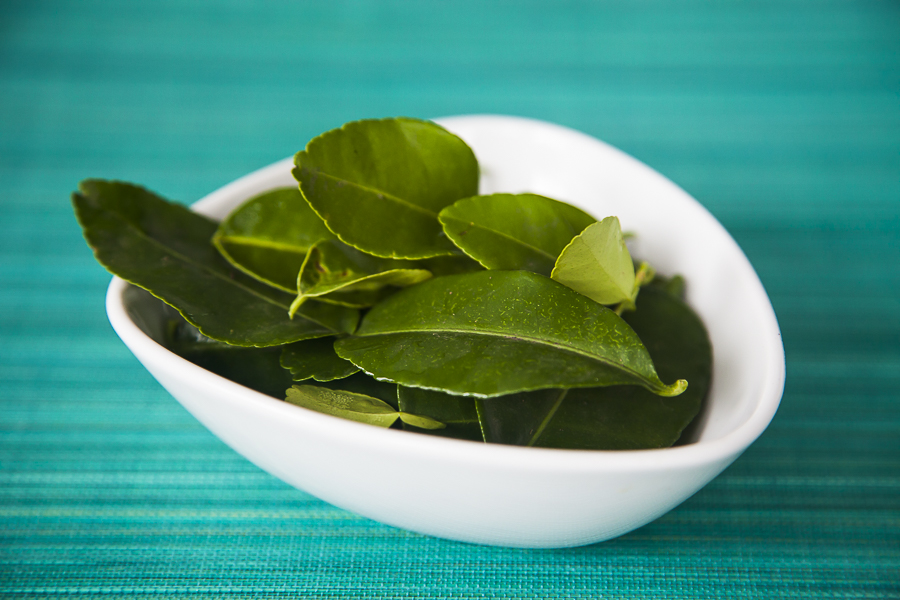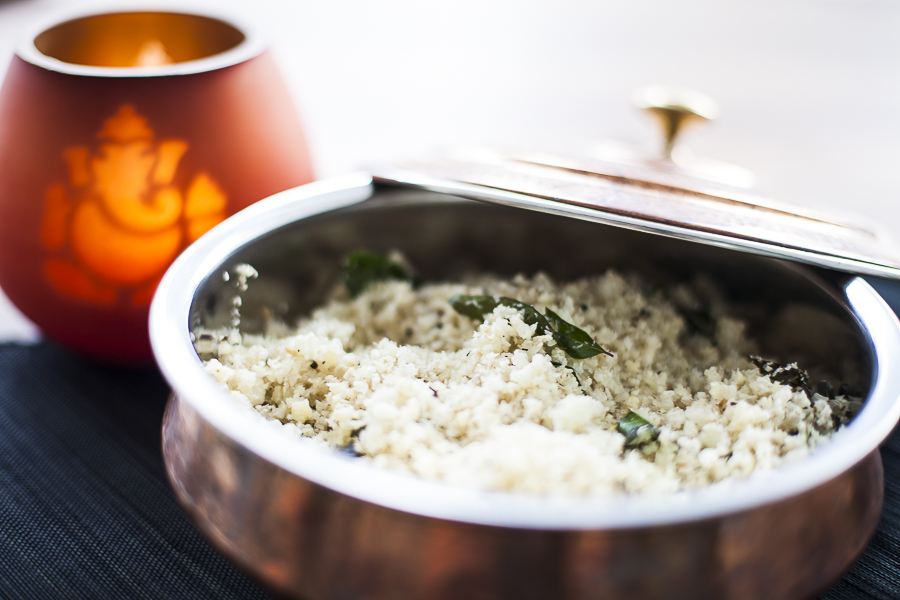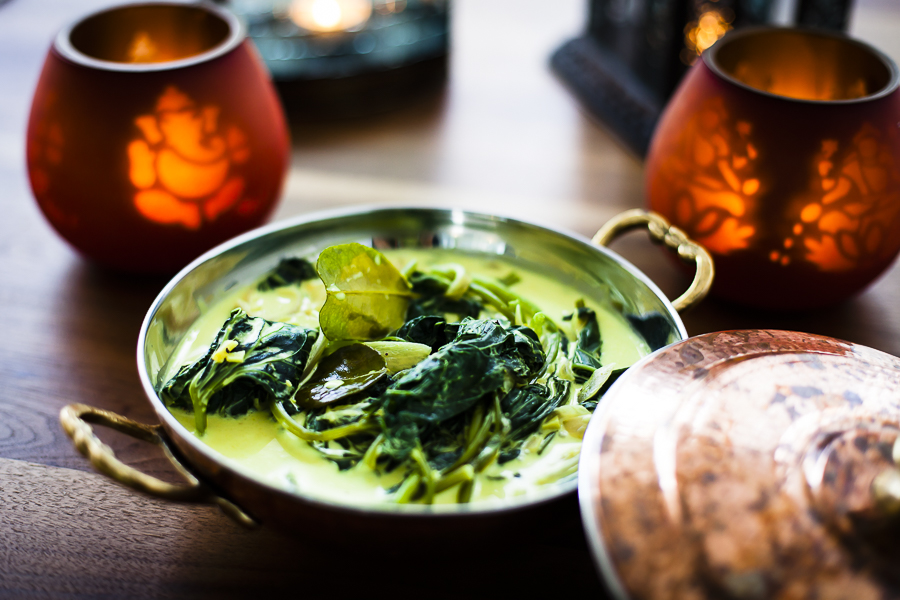 The kaffir lime is a fruit native to tropical Asia including India, Nepal, Bangladesh, Thailand, Indonesia, Malaysia and the Philippines. It is used in Southeast Asian cuisine. If the recipe calls for kaffir lime leaves and you can’t find any, skip the leaves. Don’t substitute. The fragrance is so distinct that it is irreplaceable.
The kaffir lime is a fruit native to tropical Asia including India, Nepal, Bangladesh, Thailand, Indonesia, Malaysia and the Philippines. It is used in Southeast Asian cuisine. If the recipe calls for kaffir lime leaves and you can’t find any, skip the leaves. Don’t substitute. The fragrance is so distinct that it is irreplaceable.
Tag Archives: leaves
Cauliflower Rice with Indian Spices
We lived in India for 2 years and fell in love with the food. Indian cooking has been a regular feature of our table, and counts amoung the favorite foods of our son. This isn’t a traditional Indian dish, but is inspired by the spices of South India to create a rice substitute dish that combines beautifully with South Indian curries such as South Indian Prawn Mango Curry, or Coconut Spinach Curry with Meatballs.
Ingredients
- 500g cauliflower
- 25 curry leaves
- 1 tsp mustard seeds
- 4 green cardamon pods
- 3 cloves
- 3 dried red chillies
- 1 tsp cumin seeds
- 1/2 cup desiccated coconut
- 1 tsp tumeric
- salt and pepper
- coconut oil or ghee for frying
Directions
- Blend the cauliflower in a blender or food process until it has a rice like consistency.
- Heat the oil in a large frying pan and add the curry leaves, mustard seeds, cardamon pods and dried chillies. Fry off the spices until the spices are fragrant and the mustard seeds begin to splutter.
- Add the dried coconut and fry for another couple of minutes, stirring frequently.
- Add the cauliflower to the pan and fry for about 10 minutes until the cauliflower is cooked through, stirring constantly to avoid it sticking.
- Serve with any Indian curry such as South Indian prawn mango curry, or Coconut spinach curry with meatballs.
About cardamon:
Cardamon (also known as cardamom) is a spice native to India, Pakistan, Nepal, and Bhutan. They are recognised by their small seed pods, triangular in cross-section, with a thin outer shell and filled with small black seeds. Cardamom has a strong, unique taste, with an intensely aromatic fragrance. Black cardamom has a distinctly more smokey, though not bitter, aroma. Cardamon is used in both sweet and savoury dishes, and can also be added to tea as is commonly done in India when making Masala Chai (tea).
Curry leaves:
The curry tree is a tropical to sub-tropical tree, which is native to India and Sri Lanka. Its leaves are used in many dishes in India and neighbouring countries. Often used in curries, the leaves are generally called by the name ‘curry leaves,’ although they are also literally ‘sweet neem leaves’ in most Indian languages. Small and green, they are best bought fresh rather than dried, and do not last particularly long. You can find them in specialist Indian or Asian stores in many cities around the world.
Music to go with it…
Listen on Spotify: Anirudh Ravichander – Best of Anirudh
Sweet Potato Leaves in Coconut Sauce
Sweet potato leaves are not a very common ingredient to find outside Asia. Try looking for them at your Asian food stores, otherwise you can substitute for spinach in this recipe.
Ingredients
- 400 gr sweet potato leaves
- 1 red onion, finely sliced
- 3 garlic cloves, finely chopped
- 3 cm fresh ginger, chopped or grated
- 1 tsp ground fenugreek
- 2 tbsp coconut aminos
- Salt and pepper
- Handful of kaffir lime leaves, shredded
- 400 ml coconut milk
- 200 ml water
- Coconut oil
Directions
- Cut of the stems of the sweet potato leaves.
- Wash the leaves and steam the leaves with a small splash of water for 1 minute.
- Transfer the leaves to a bowl of ice cold water to stop the leaves from cooking.
- Drain the leaves and set aside.
- Heat the coconut oil in a frying pan and fry the onion, garlic, ginger and lime leaves for a couple of minutes until fragrant.
- Add the fenugreek and fry for another minute.
- Season with the coconut amines and add the coconut milk and water.
- Add the sweet potato leaves and simmer until the sauce has thickened a little.
- Season with salt and pepper and serve with coconut rice or rice.
About sweet potato leaves
Sweet potato leaves are primarily eaten in Asia and Africa, but can be found further afield in Asian food stores or sometimes in your supermarket. They can be substituted with Spinach where you are unable to find sweet potato leaves.
Music to go with it…
Listen on Spotify: Zee Avi – Zee Avi


